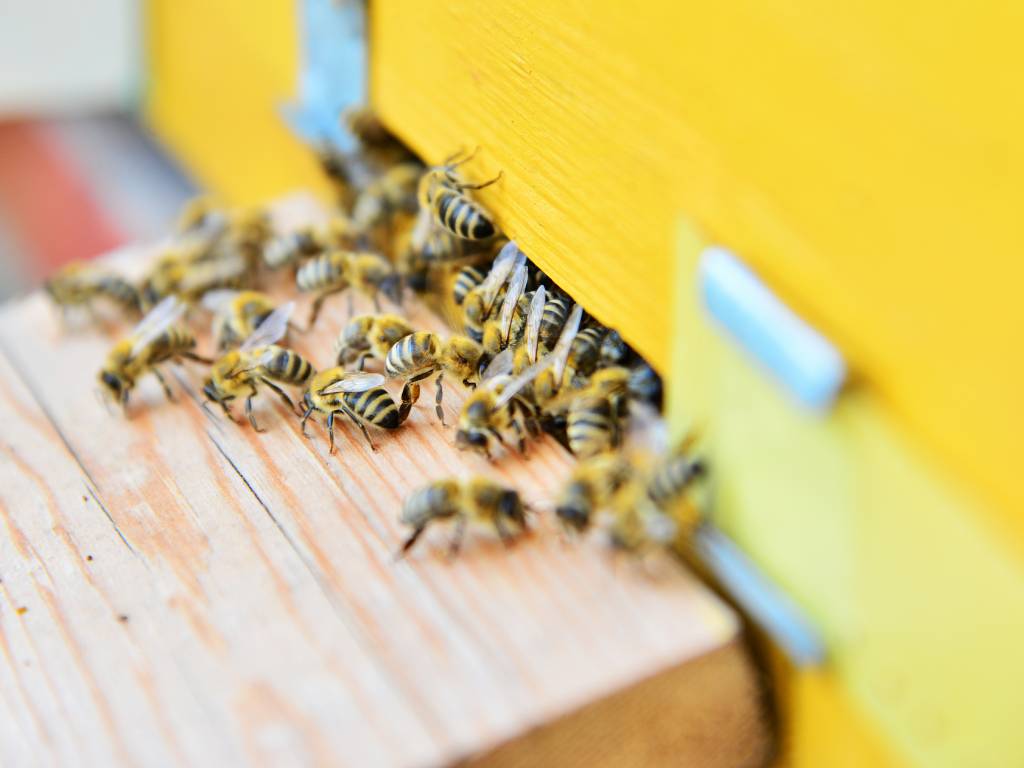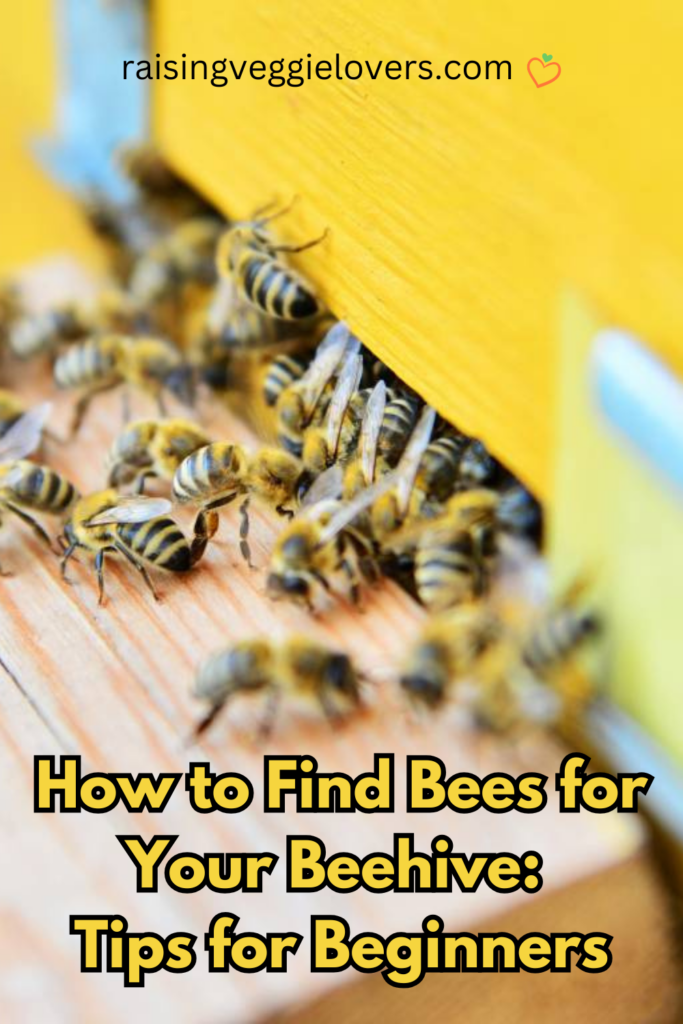
As an Amazon Associate, I earn from qualifying purchases. This post may contain affiliate links. Read my disclosure policy.
Beekeeping is growing in popularity, especially among parents looking for a fulfilling hobby that also supports the environment. Whether you plan to produce honey, pollinate your garden, or teach your kids the value of nature, starting a beehive is exciting. What is the first step? Choosing the right bees for your hive.
Finding the right bees is crucial for the success of your beekeeping adventure. Healthy, productive bees lead to a thriving hive—ultimately, this makes your role as a beekeeper much more rewarding. The following tips will help you find the right bees for your beehive.
What a Hive Consists Of
A hive consists of worker bees, drones, and one queen bee. The queen lays eggs and keeps the hive’s population thriving. Worker bees are the backbone of day-to-day hive activity, from gathering pollen to protecting the colony, while drones exist solely to mate with queens. When selecting a colony, understanding these roles helps you evaluate whether the bees you’re considering fit your goals.
Sourcing Your Bees
Getting started requires finding the right place to source your bees. Many beginners start by searching for apiaries or local beekeepers who sell bees. Farmers’ markets often foster connections with experienced beekeepers who may have bees for sale. Another option is to consider ordering bees online. Several trusted websites ship healthy bees directly to your doorstep, simplifying the process significantly.
Prioritize Bee Health
It’s important to prioritize bee health. Ask questions about the source. Find out if the bees come from a reputable apiary and if they’ve received proper care. Healthy bees are the foundation of a flourishing hive, so avoid colonies that show signs of disease, pests, or poor management practices.
After You’ve Acquired the Bees
Once you’ve found your bees, start the introduction process on a calm, mild day. A hive starter kit simplifies this step for beginners, providing essential tools like a feeder and frames. Gently transfer the bees into the hive, ensuring the queen is secure but not confined for long. Watch as the worker bees begin exploring their new home and establishing their routines.
Join a Community
Joining local associations for beekeeping is another step worth prioritizing. These groups offer resources, workshops, and access to expert knowledge, making your beginner experience less overwhelming. You’ll find a supportive community prepared to guide you through every stage.
Beekeeping is a deeply satisfying way to connect with nature, support sustainable practices, and involve your family in something meaningful. Starting with healthy, happy bees sets the foundation for success. With some research and effort, you’ll soon find yourself watching your hive thrive—and enjoying the rewards of this fascinating hobby.

As always, sharing is caring! Please click on the buttons below to share this post with your friends!
